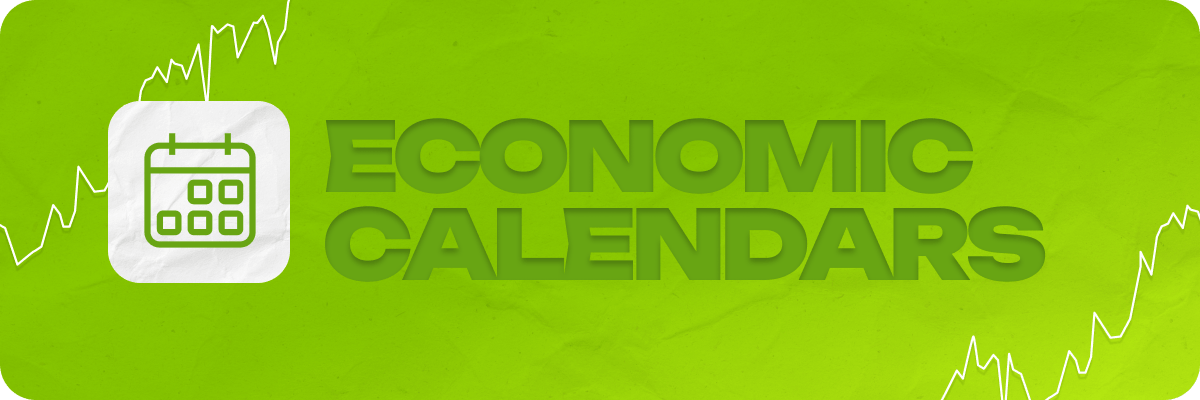No one builds a house with bare hands. Likewise, no trader builds success in Forex without the right tools. Trading is not about luck. It’s about preparation, precision, and discipline. For newcomers, having the right software at hand can be the difference between chasing markets and understanding them.
Let’s walk through five essential tools beginner traders must explore. These tools are not just useful—they are foundational. Mastering them means developing habits that professional traders rely on daily.
1. Economic News Feeds: Real-Time Relevance
Markets don’t move randomly. They move in response to news—central bank statements, employment figures, inflation data, geopolitical shifts. If you’re late to the news, you’re late to the trade.
An economic news feed is your radar. It helps you track what’s driving market sentiment right now. Professional traders rarely rely on one source. Instead, they combine multiple reputable outlets to stay ahead.
Reliable news feeds include:
- Bloomberg
- Reuters
- Financial Times
- MarketWatch
- Central bank websites
RSS alerts and push notifications are a must. Set them up to get updates the moment they break. Over time, you’ll learn to interpret how news affects specific currency pairs—and react faster.
2. Time Zone Converters: Trade When the Market Wakes Up
Forex is a 24-hour market—but not every hour is equal. Liquidity, volatility, and trade opportunities peak during overlapping sessions like London/New York.
New traders often misjudge timing. They open trades in quiet hours and wonder why the market feels frozen. A good time zone converter prevents that mistake.
Use it to:
- Monitor when major trading sessions open and close. Each major financial center—London, New York, Tokyo, Sydney—has specific trading hours. These sessions don’t just represent time zones; they reflect when the largest institutional players are active.
- Plan trades around high-impact events in relevant regions. Economic announcements, such as interest rate decisions, inflation reports, or job data, can instantly move the market. Planning around news events helps beginners avoid high-risk periods or choose to trade them with a defined strategy.
- Align your strategy with liquidity peaks. Liquidity refers to how easily a trade can be executed without causing a big price change. High liquidity often comes when sessions overlap (e.g., London/New York). High liquidity means tighter spreads and faster execution—essential for small accounts where every pip counts. Beginners get clearer signals, more consistent movement, and a better learning environment.
Even advanced traders use time zone tools to structure their daily routines. Timing matters more than most think—especially in short-term trades.
3. Economic Calendars: Forecast the Market’s Pulse
A proper economic calendar doesn’t just show upcoming events. It tells you what’s expected, what happened, and how the market reacted. This trifecta is crucial for building context.

If you’re trading EUR/USD and the U.S. is releasing unemployment data in 15 minutes, you need to know:
- The forecasted figure. This is what analysts expect the result to be. Knowing it helps traders prepare for market reactions. If the actual result beats or misses the forecast, it often causes sharp price moves.
- The previous result. It shows the trend or momentum of the data over time. Comparing the current outcome with the last one helps traders see whether conditions are improving or worsening, adding context to the market reaction.
- The degree of market sensitivity to this release. Some news has a bigger impact than others. Knowing which data typically moves the market helps beginners focus on what’s important and avoid unnecessary risk during high-volatility moments.
Top-tier economic calendars (like the one from Investing.com) come with filters. You can sort by country, impact level, and data type. Professional traders use these filters to narrow their focus and avoid information overload.
Beginners should check the calendar every morning. Note the events that may shake your trades and prepare for potential volatility.
4. Forex Calculators: Quantify Before You Trade
Trading is a numbers game. Miscalculating a pip value or margin requirement can destroy an account faster than a bad entry.
Forex calculators offer clarity. They help you define risk, estimate outcomes, and avoid impulsive decisions. Every trade should be calculated before it’s opened.
The must-have calculators include:
- Pip calculator: Know your potential gains/losses in real currency units.
- Margin calculator: Understand how much capital is tied up in a trade.
- Position size calculator: Match your lot size to your risk appetite.
- Profit/loss calculator: Set targets and stop-losses with precision.
Even experienced traders rely on these tools. They don’t guess. They measure. Beginners should adopt the same habit early—it builds consistency.
5. Trading Journal: Your Personal Performance Tracker
This is the most underappreciated tool by beginners—and the most valued one by seasoned pros.
A trading journal is not just a diary. It’s a mirror. It shows you your patterns, strengths, and recurring mistakes. No tool helps you improve faster than this one.
Every trade should be logged with:
- Entry and exit points
- The reasoning behind the trade
- Emotions felt before/during/after
- Outcome and lessons learned
Over time, patterns emerge. Maybe you win more trades during the London session. Maybe news-based trades often go against you. These insights are priceless—and only visible if you record everything.
Tools like Edgewonk, TraderSync, or a simple spreadsheet are enough. The value lies in consistency.
Final Thought
Mastering Forex is a long-term process. These five tools won’t make you rich overnight, but they will shape how you trade—and how fast you improve. Professionals use them every day not because they are fancy, but because they work.
Choose your tools. Use them wisely. Let them become part of your routine. Forex trading isn’t about trading more—it’s about trading smarter. And smart traders always begin with the right tools in their belt.







